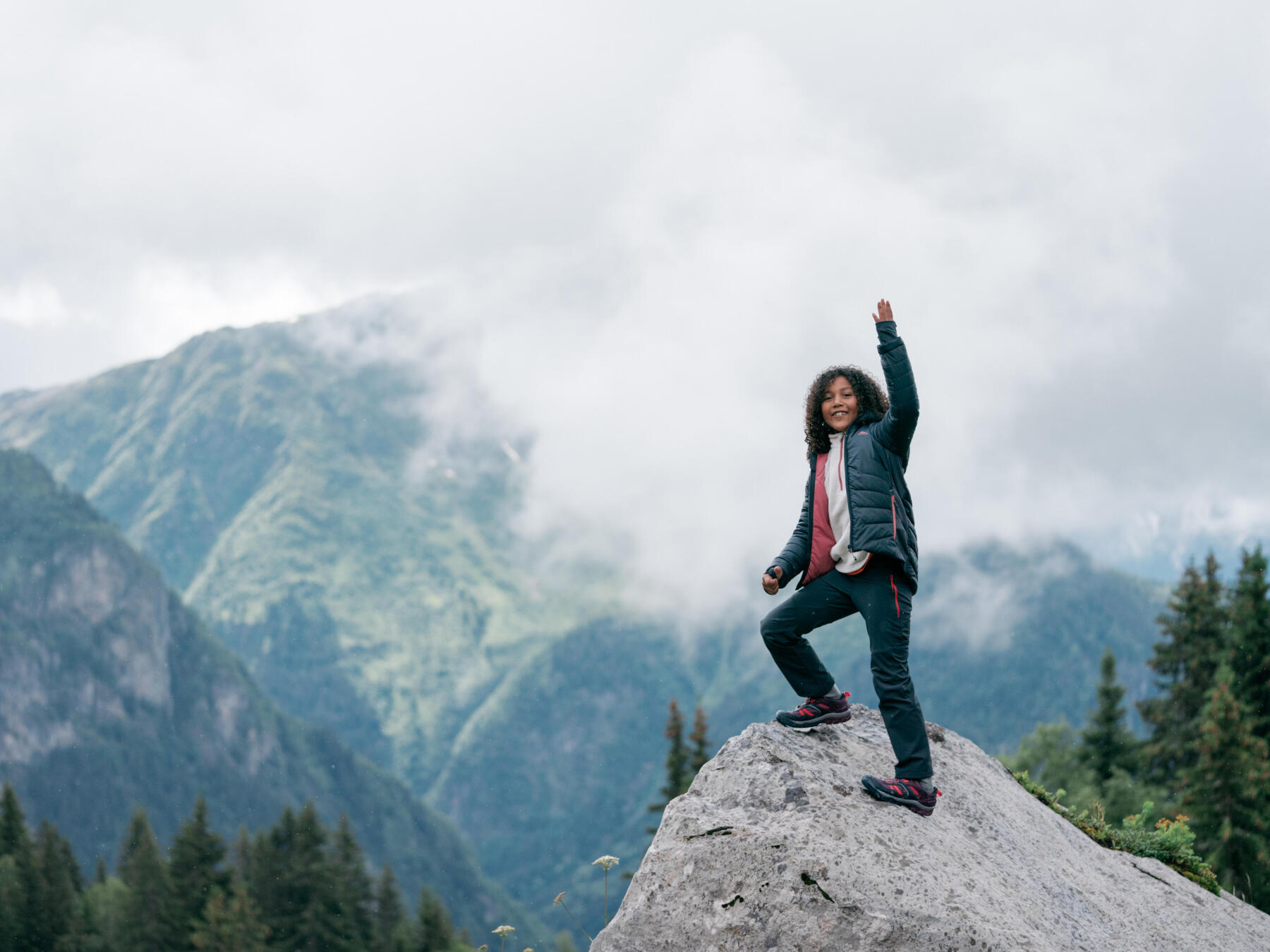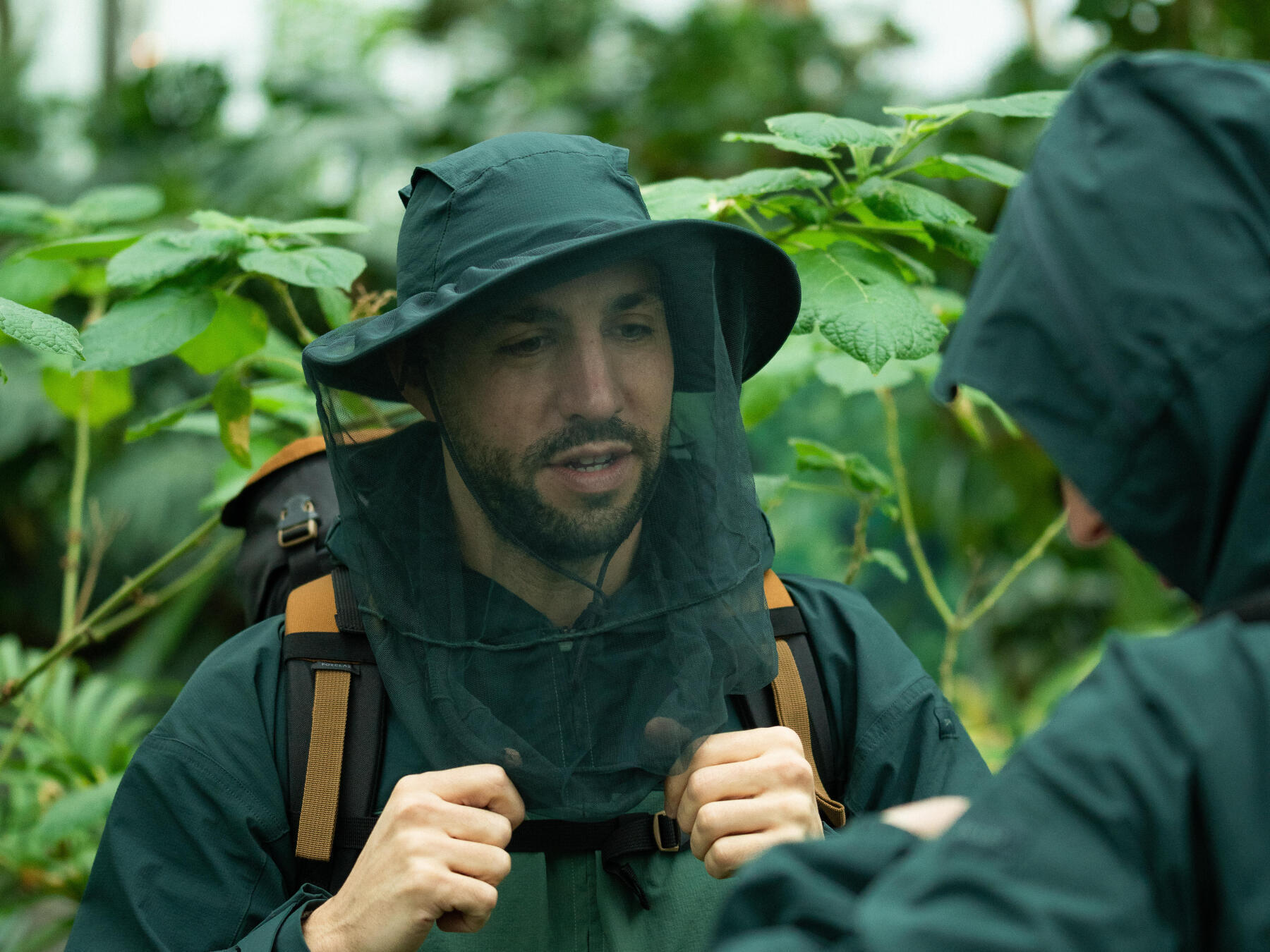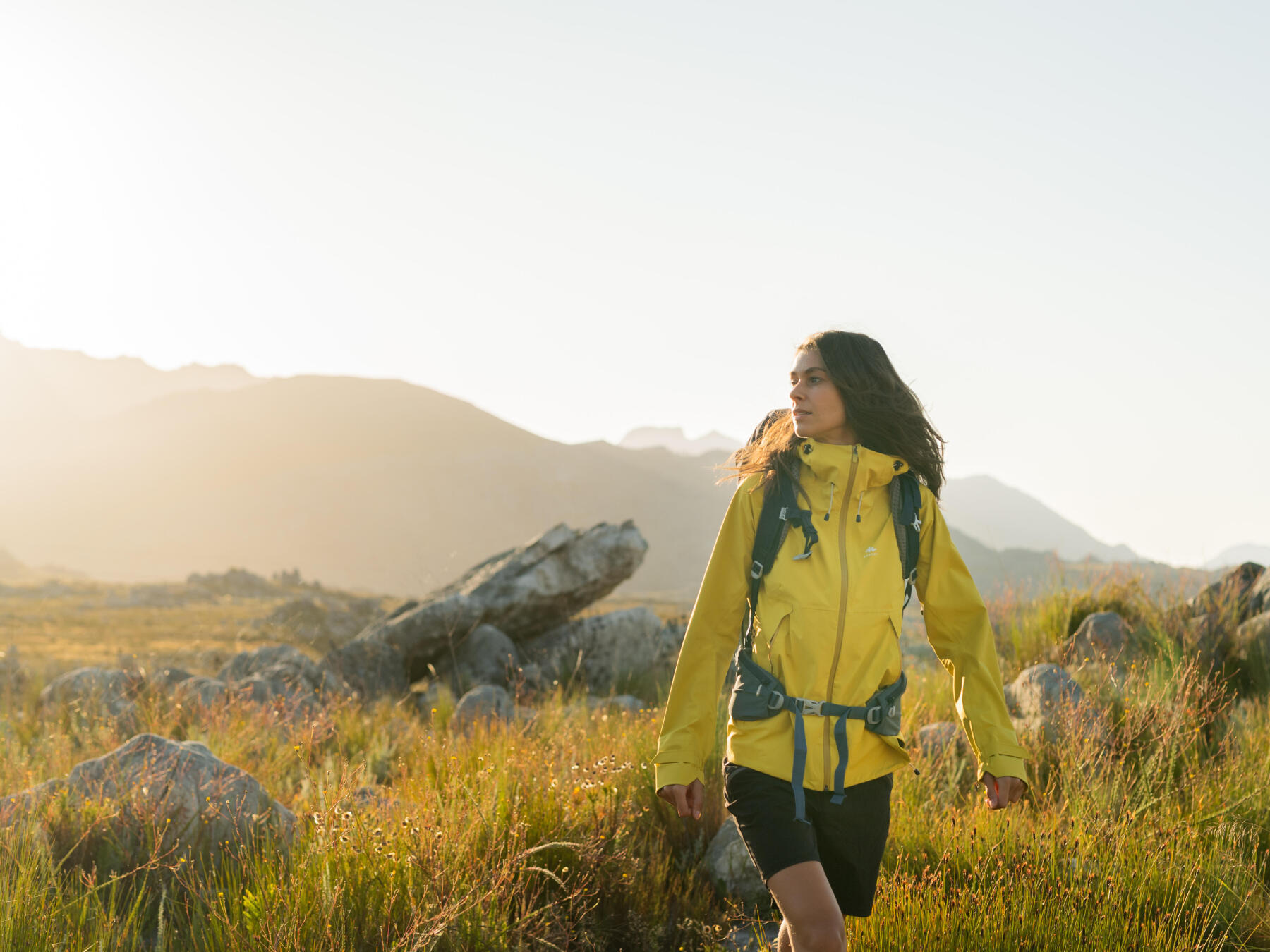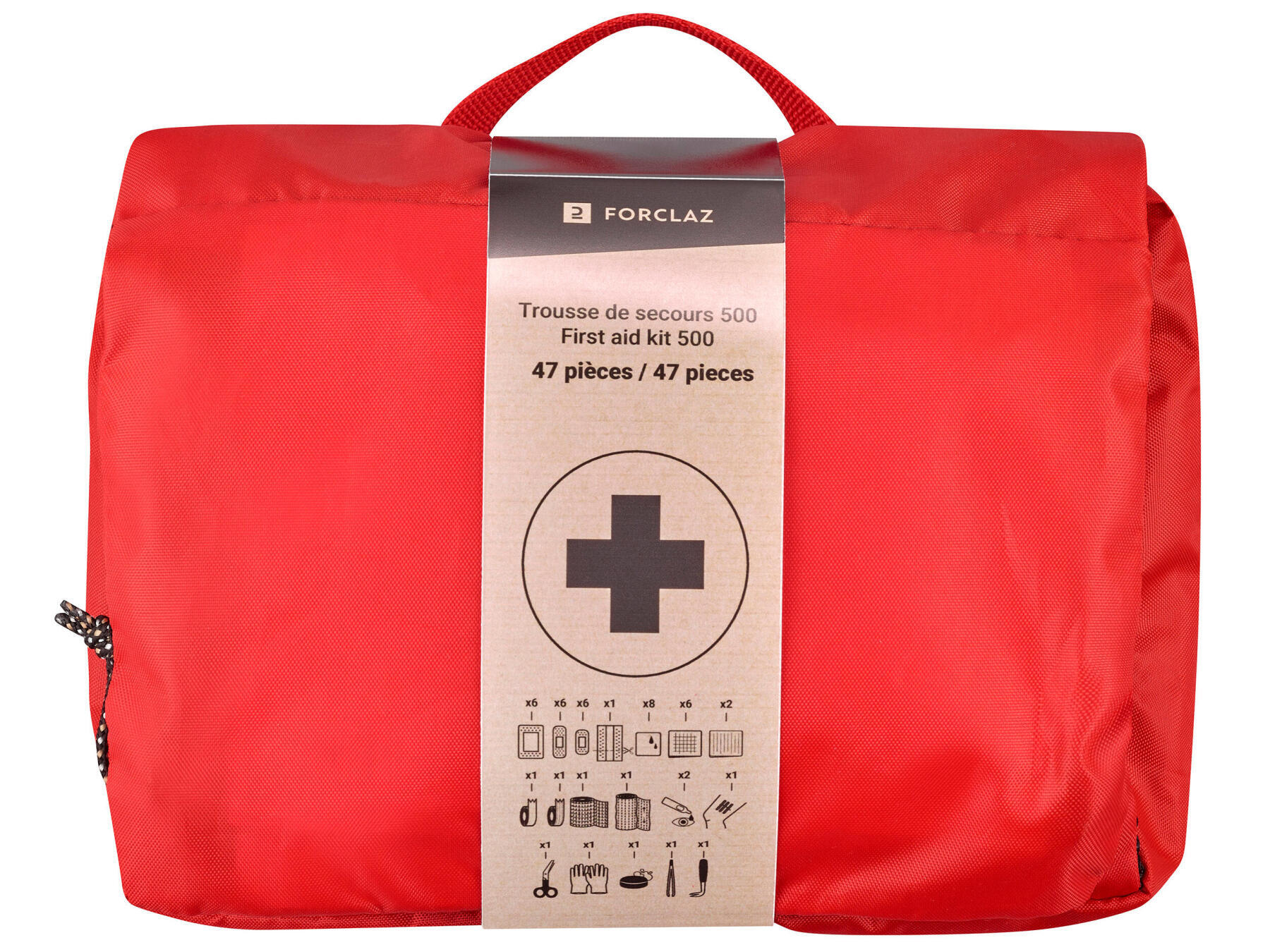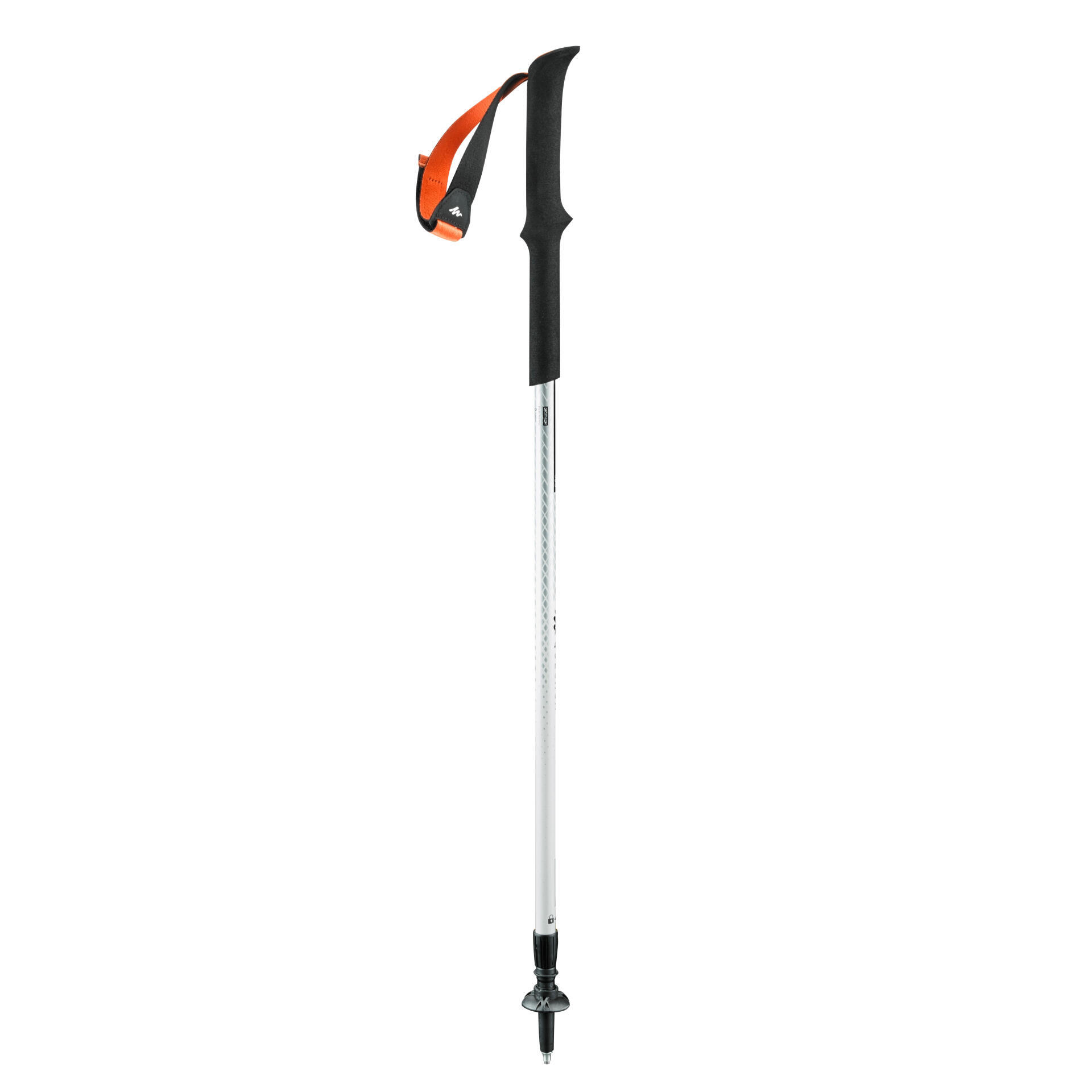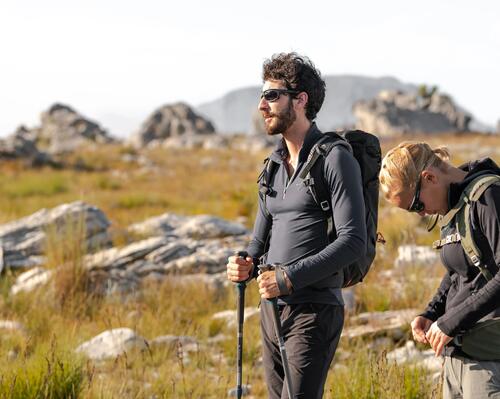Protect yourself from insects
The mountain is an environment inhabited by large and small animals. Insects that may barely be visible may cause many inconveniences. Prevention is better!
Bees and wasps: in fine weather, they come close to you if you have sweet snacks or sandwiches. The best thing is to remain alert while eating. In case of a sting on your body, you must act promptly and remove the residual sting without crushing the insect to avoid the risk of injecting more venom. Once you've done this, clean the area and apply a soothing ointment if necessary. This is also particularly useful when treating burns from stinging plants.
Mosquitoes: they emerge in the evening and are found mainly from 600 to 2,200 m approximately. Preparing for an evening without fidgeting? Put bug spray can into your first aid kit before leaving. When you go to bed, remember just one thing: zip up the mosquito net of your tent!
Horseflies: these insects are found in alpine pastures and around rivers. Been bitten? Immediately disinfect the area (without pressing it) and apply an anti-inflammatory cream that will soothe the pain.
Ticks: they are carriers of Lyme disease and live in certain forest regions, in tall grass and fern areas. How to prevent tick bites: wear long light-coloured trousers. You may immediately spot a tick that begins climb on your leg. In case of bite, remove the part planted under the skin with a tick tweezer. If fever occurs, a visit to the doctor is required upon your return.

